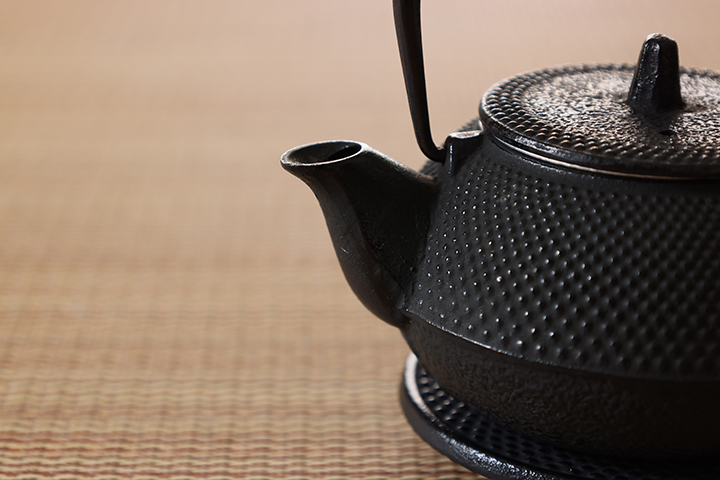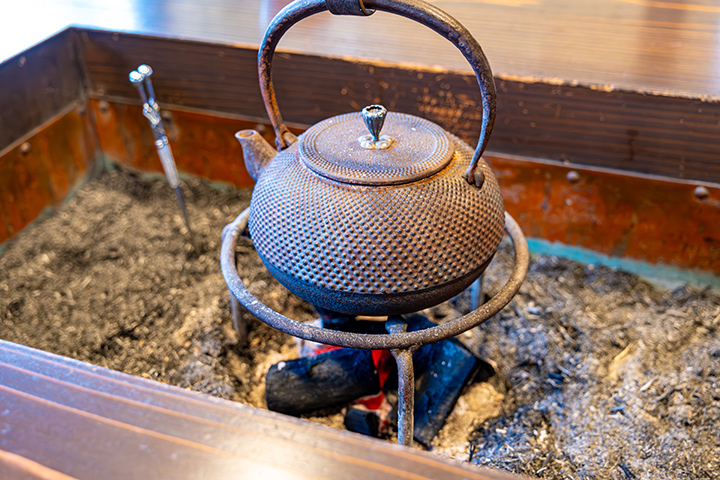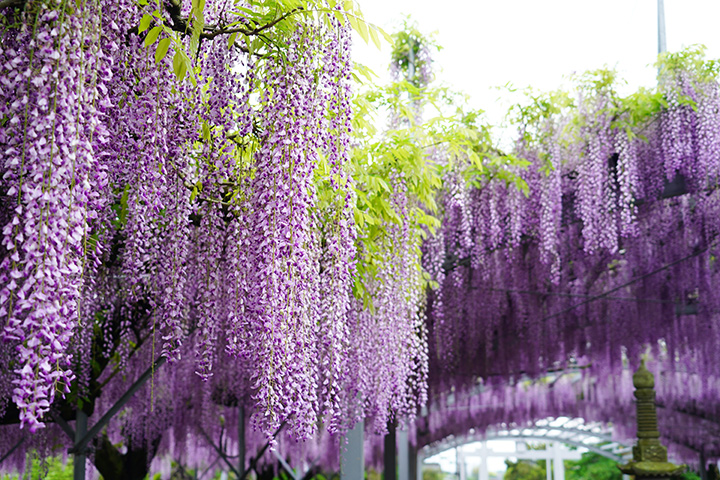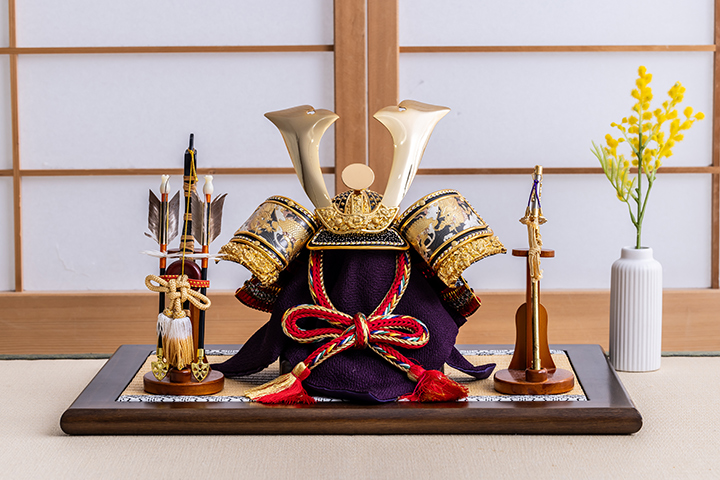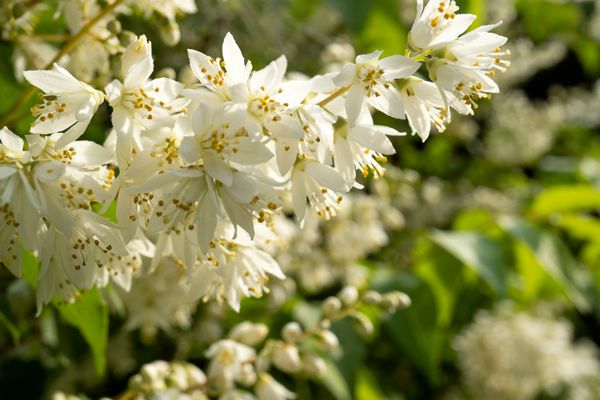Toilets, a part of everyday life, are actually an interesting reflection of a country's culture and technology.
In particular, Japan's toilet culture has attracted attention from all over the world for its advanced technology and ease of use.
On the other hand, learning about other countries' toilet situations can reaffirm how unique Japanese toilets are.
In this article, we will delve into the characteristics of Japanese toilet culture, the history of flush toilets, and how they differ from the rest of the world.
Japanese Toilet Culture: The World's Surprising Functionality
When it comes to toilets in Japan, washlets and bidets are iconic. Due to their high technology and functionality, they are often cited as the most impressive points when international travelers visit Japan.
Features of Japan's High-Performance Toilets
●Washlet function: Washes with water at an appropriate temperature to maintain cleanliness.
●Hot toilet seat: Heated toilet seat for comfortable sitting in cold winter.
●Otohime: Plays the sound of running water to cover the sound of excrement.
●Automatic lid opening/closing function: The lid opens when you approach it and closes when you leave it.
●Deodorizing function: Automatically eliminates unpleasant odors.
These functions were created as a result of the pursuit of comfort and cleanliness.
It is especially surprising for international travelers that these technologies have spread to public toilets.
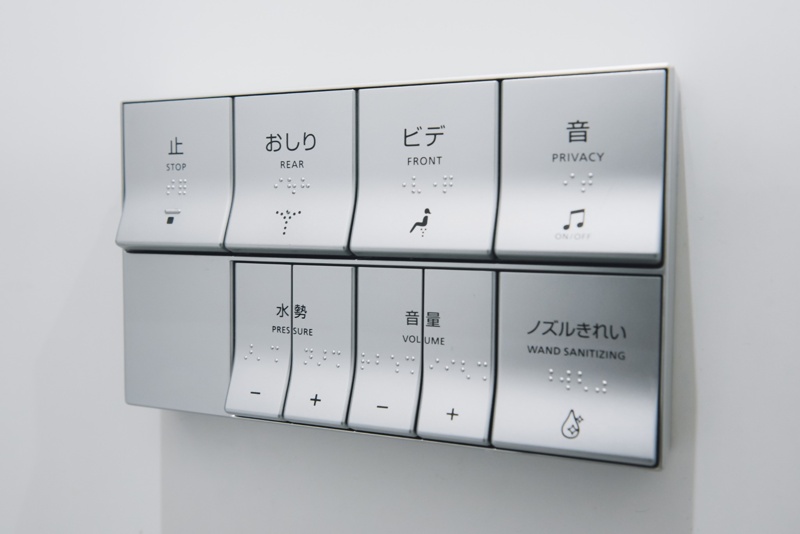
have a variety of functions
History of flush toilets: their origins and development
The flushing toilet style is common in Japan, but its history surprisingly goes back to ancient times.
●The World's Oldest Flushing Toilet
The oldest flush toilets are believed to have been used by the ancient Mesopotamian and Indus civilizations around 3000 BC.
These toilets use running water to flush out filth, and are the prototype of modern flush toilets.
There is also a flush toilet installed in the Palace of Knossos on Crete around 2000 BC, and records show that it was used by royalty.
●The Birth of the Modern Flush Toilet
Modern flush toilets originated in England in the 16 century. They began with the "flush toilet" invented by John Harrington, an inventor during the reign of Queen Elizabeth I.
However, they were expensive at the time and did not spread to ordinary households.
In the 19 century, the industrial revolution led to the development of sewerage systems, and flush toilets became popular in London and other urban areas.
The cholera outbreak in the 1850s led to the improvement of sanitary facilities and the formation of toilets as they are today.
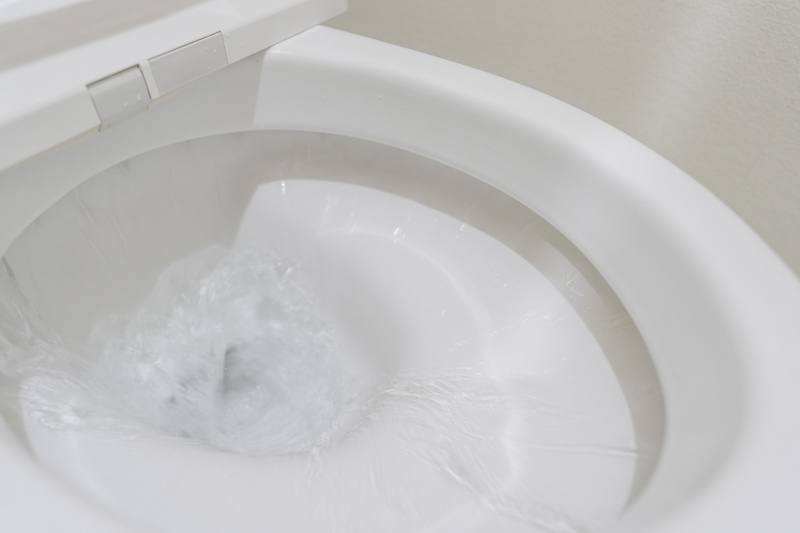
Introduction to Japan
Flushing toilets were introduced to Japan in earnest in the Meiji period. With the influx of Western culture, flush toilets were adopted as part of infrastructure development in urban areas.
However, in rural areas, pluggable toilets had been the mainstream for a long time, and it was only during the period of high economic growth before they became widespread nationwide.
World Toilet Situation: Cultural Differences Are Interesting
High-performance toilets like those in Japan are still in the minority around the world. On the other hand, different toilet cultures have been formed in different regions.
●Waterless Toilet Culture
In the Middle East and India, toilet paper is rarely used in washing with water. It is common to use a special pail or hose, and the culture emphasizes cleanliness.
In some parts of Africa and Southeast Asia, where water resources are limited, the traditional use of sand and leaves remains.
●Toilet Paper
In Japan, it is common to have free toilet paper in public restrooms, but this is rare worldwide.
In Europe, the toilet itself is charged, and toilet paper is often not stocked.
In China, a facial recognition system is being used to prevent toilet paper waste.
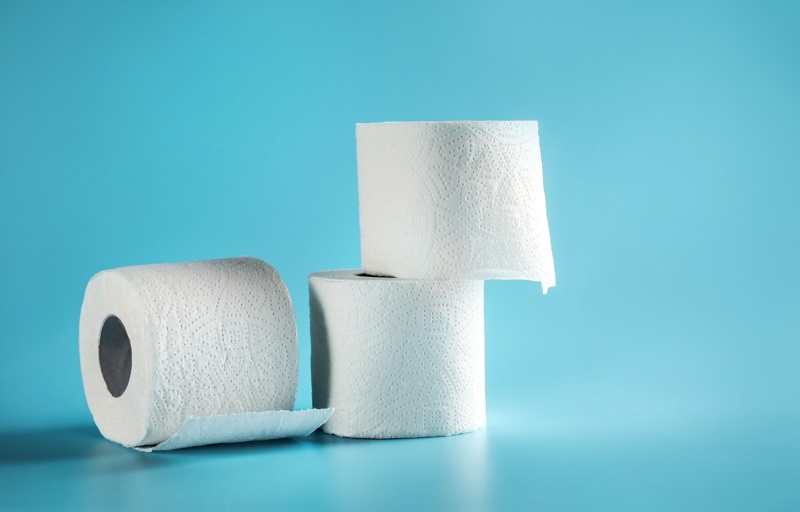
Toilets that are too luxurious: A unique example from around the world
In some areas, toilets are a place to compete for luxury. In tourist attractions and high-net-worth establishments, toilets also offer a special experience.
●Gold Leaf Toilets in Hong Kong
In Hong Kong, there are “gold leaf toilets ” with toilet bowls and faucets decorated with 24 karat gold. These toilets are not only accessible but also famous as tourist attractions.
●Luxury Toilets in Dubai
Luxury marble and gold toilets are available at Dubai's luxury Burj Al Arab hotel. They offer the ultimate comfort, with dedicated staff constantly cleaning them.
Summary
The evolution of toilets has made our lives more comfortable and clean. Japan's toilet culture has been praised around the world for its technology and convenience.
On the other hand, it is interesting to learn about the toilet situation in other countries and to get a glimpse of the differences in culture and lifestyle.
The next time you use a toilet, it may be interesting to reflect on the history and technology behind it.



